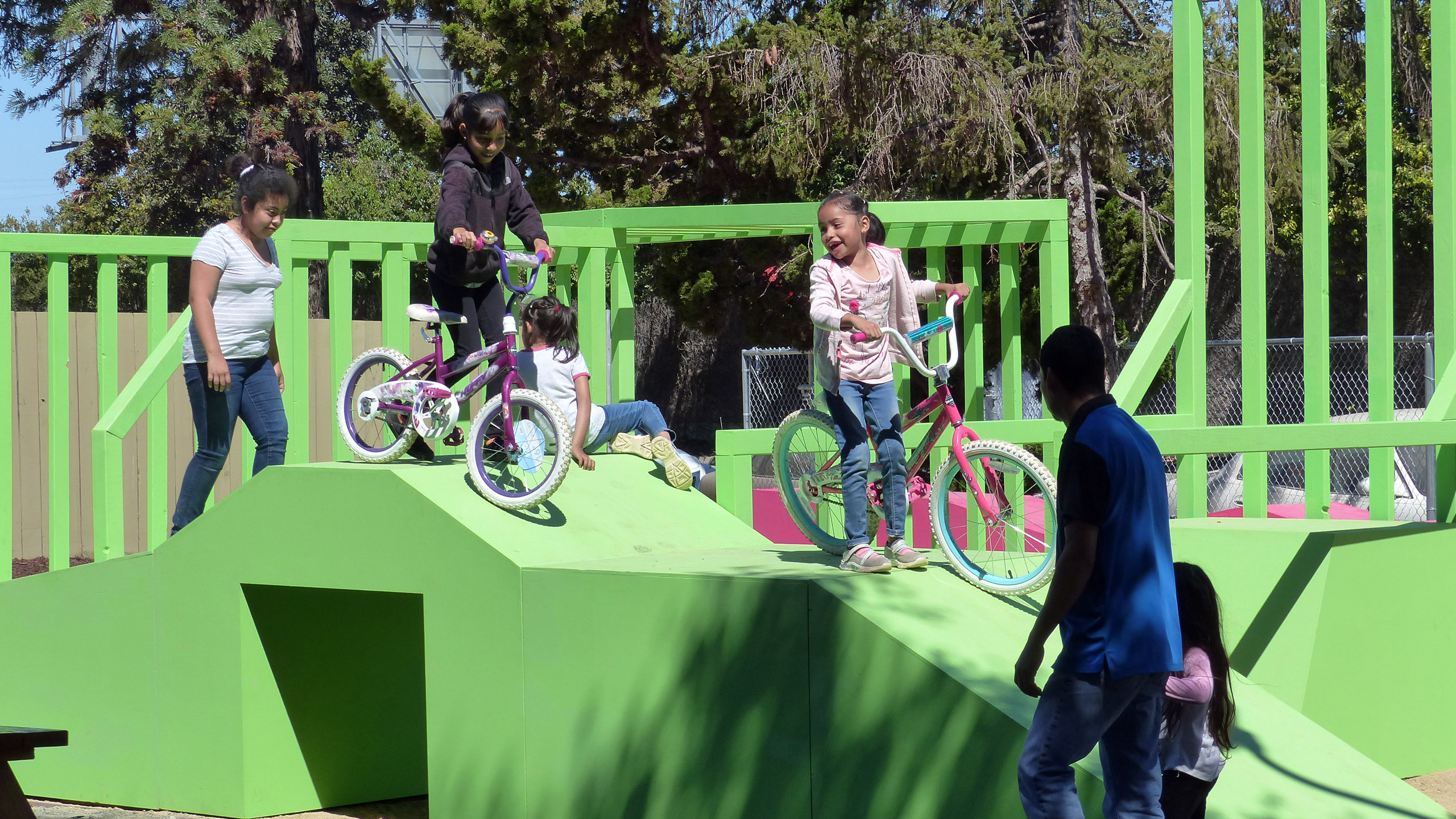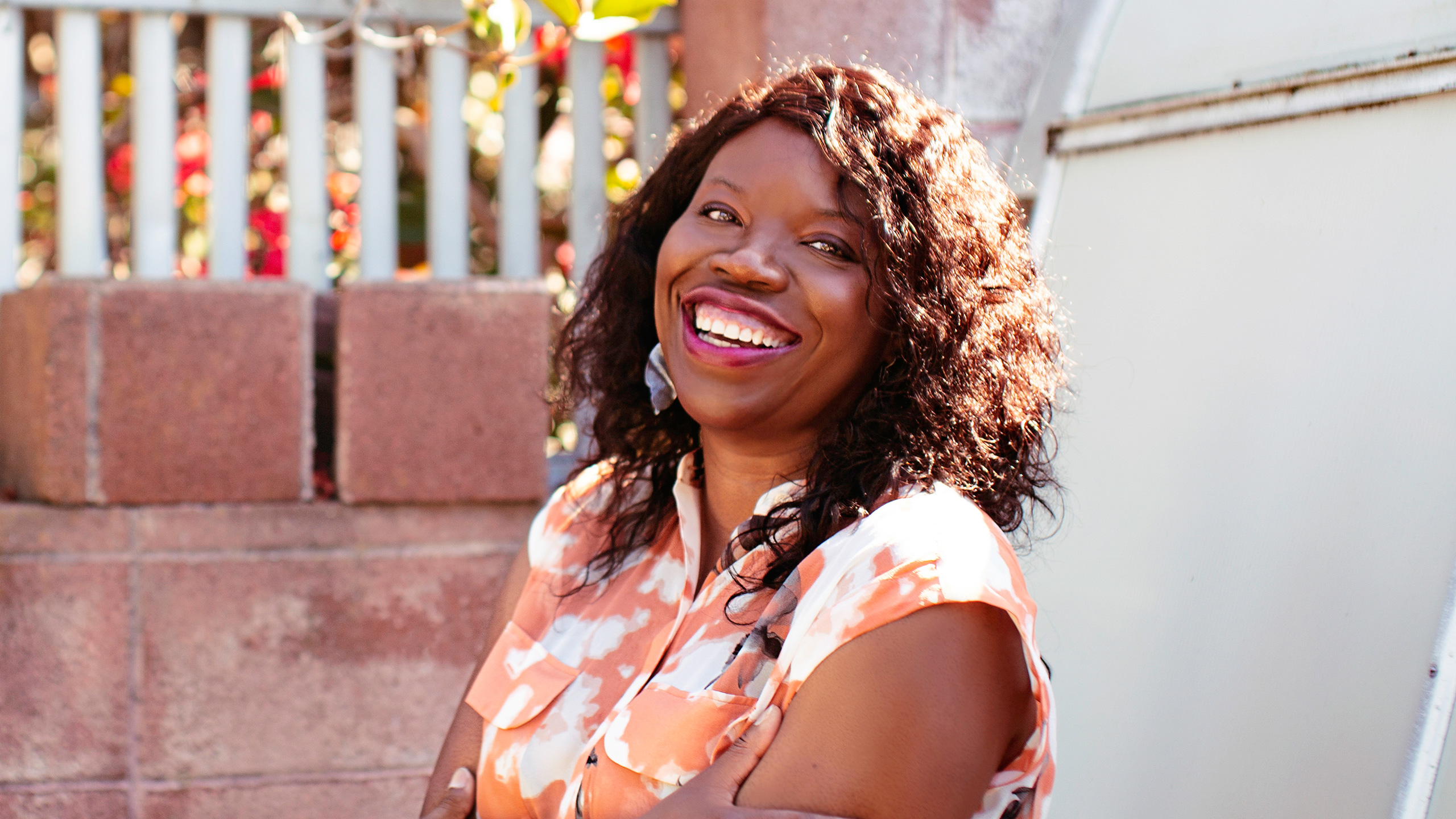Just as Early Learning Nation showcases the ways families, researchers and grassroots nonprofits and organizations are building an early learning nation—one community at a time—our Community Cultivators series highlights how innovators across all sectors build and sustain global communities from the ground up. We hope the series inspires your own early childhood work.
This is the way Liz Ogbu describes herself as a child: “I was the weird one in my family who drew.” But she didn’t become an artist. The daughter of Nigerian immigrants—her father an anthropology professor at the University of California, Berkeley; her mother a public health expert with the city of San Francisco—Ogbu says her parents and siblings were always “talking about people and how they lived.” Drawing and social sciences came together in architecture. “The first architectural studio I took, I loved,” she recalls. “Sculpture was great, but it wasn’t the same joyful euphoria.”
Sanjit Sethi, president of the Minneapolis College of Art and Design, calls Ogbu “one of the most powerful voices in the terrain of culture, equity and the built environment. She articulates the urgent need for not merely creating more equitable communities but for this to occur by addressing both intergenerational and immediate trauma and for decolonizing the methodologies that drive this work. Liz is at once storyteller, planner, poet and designer and leads with empathy and joy in equal measure.”
Ogbu spoke to Early Learning Nation magazine from her office in Oakland, Calif. Here are some pieces of wisdom gathered from the conversation:
- Spatial justice is racial justice. “Justice has a geography,” Ogbu says. Some neighborhoods have far more access to resources and opportunities than others. In any given city, she explains, there’s an area with gleaming office towers, a transit station, and pricey apartments and shops. And there are other areas where the homes are run down, the bus routes are insufficient and vacant lots are accumulating trash. “When you overlay demographics onto those maps, guess where Black, Indigenous, brown and the poor traditionally wind up.” She has devoted her career to erasing these artificial borders and eradicating these real differences in the name of a unified society where everyone has an opportunity to thrive.
👉 Read more: Building Life-Giving Places with Majora Carter
- Racist systems were set up intentionally. We must be just as intentional about dismantling them. From East New York, Brooklyn; to East St. Louis, Ill.; to East Palo Alto, Calif., the history of racism, segregation, poverty and devastation has played out in much the same way. How did American cities come to follow this pattern? It wasn’t an inevitable or natural process. Ogbu points to redlining, blockbusting and other racist real estate practices that enabled landlords to profit from slums and people of color to remain mired in them.
Her work on the Woodland Park Project in East Palo Alto demonstrates how to start undoing the damage. She calls the community “an oasis of poverty in the Silicon Valley. If you’re a cleaner at Facebook, East Palo Alto is probably the only nearby city you can afford to live in.”

When the 1800 units of Woodland Park came under new ownership in 2017, she was brought on to try to figure out what community building and community improvement would look like. The first and most important step was listening. “I serve two clients,” she says. “The people who pay me, and the people who have to live with what I’ve created.”
👉 The Black Experience Within East Palo Alto (ArcGIS StoryMaps)
- Architecture is more than just designing buildings. Ogbu often has to explain that her job transcends what is normally thought of as design and architecture. As she says in a popular TED Talk, “I design opportunities for impact.” Seen this way, the profession is less about standing at her desk and sketching the “best” house and more about engaging with residents—the real experts on the neighborhood.
“I try to learn what people’s lives are like,” she says. “I listen to find out what they need to fulfill their dreams and aspirations.” Organizing house parties with groups of 10 to 12 residents, she discovered a lot of anger. “There was a lot of yelling,” she said. “And some people shy away from that or dismiss it as the outpouring of agitators, but I think of the poet Nayyirah Waheed, who called anger ‘grief that has been silent for too long.’” Having no control over their environment, she realized, would make anyone angry.
Building trust started with finding small things that showed she was listening. In Woodland Park, she and her collaborators worked with the property manager to address a backlist of repairs, and they also built a park and initiated a partnership with the YMCA to bring classes and activities. The thing is, nobody had requested a park. “This is where the design part comes in,” she says. “I listen to what you say is hard or what is challenging, and then I think about what is a physical response that I can create.”
- Children will tell you what they need—if you listen. “Whatever we build affects kids,” Ogbu says. “But we often don’t treat them as stakeholders who have a perspective.” Over the course of 10 years of programming on the site of a former power plant in Hunters Point, which has been described as “San Francisco’s last Black neighborhood,” she and her collaborators on that project made sure to do focus groups with young people and include them at the engagement stations set up at the annual circus and other events. “These kids had a tremendous amount of ideas,” she says. “Some were better than what the adults came up with. They just needed a platform to share it and for us to actually take it as real data.”
Among the feedback she received was the message: “We want a dinosaur park,” and while this request wasn’t literally fulfilled, Ogbu and her collaborators (the design firms Envelope A+D and RHAA) seized on the idea of “being interactive with nature” as a design principle, which came into existence as a shoreline park.
- Children think like architects. Ogbu’s four-year-old niece has become a big influence on her work. “I’m practicing being in her land of make believe and creativity,” she says. “It’s a joy to watch her try to shape the spaces that she’s in.” Ogbu believes the more people are informed about the places that they live in—and their ability to have an impact on it—the better our spaces can be overall.
Seeing and understanding space, she argues, shouldn’t be an activity limited to trained architects. “Everyone can do that, but we just have sort of squashed it out of people. So part of my work is teasing out, like, ‘Oh, you actually know a lot. I’m just helping you understand what that is.’”

Mark Swartz
Mark Swartz writes about efforts to improve early care and education as well as developments in the U.S. care economy. He lives in Maryland.



